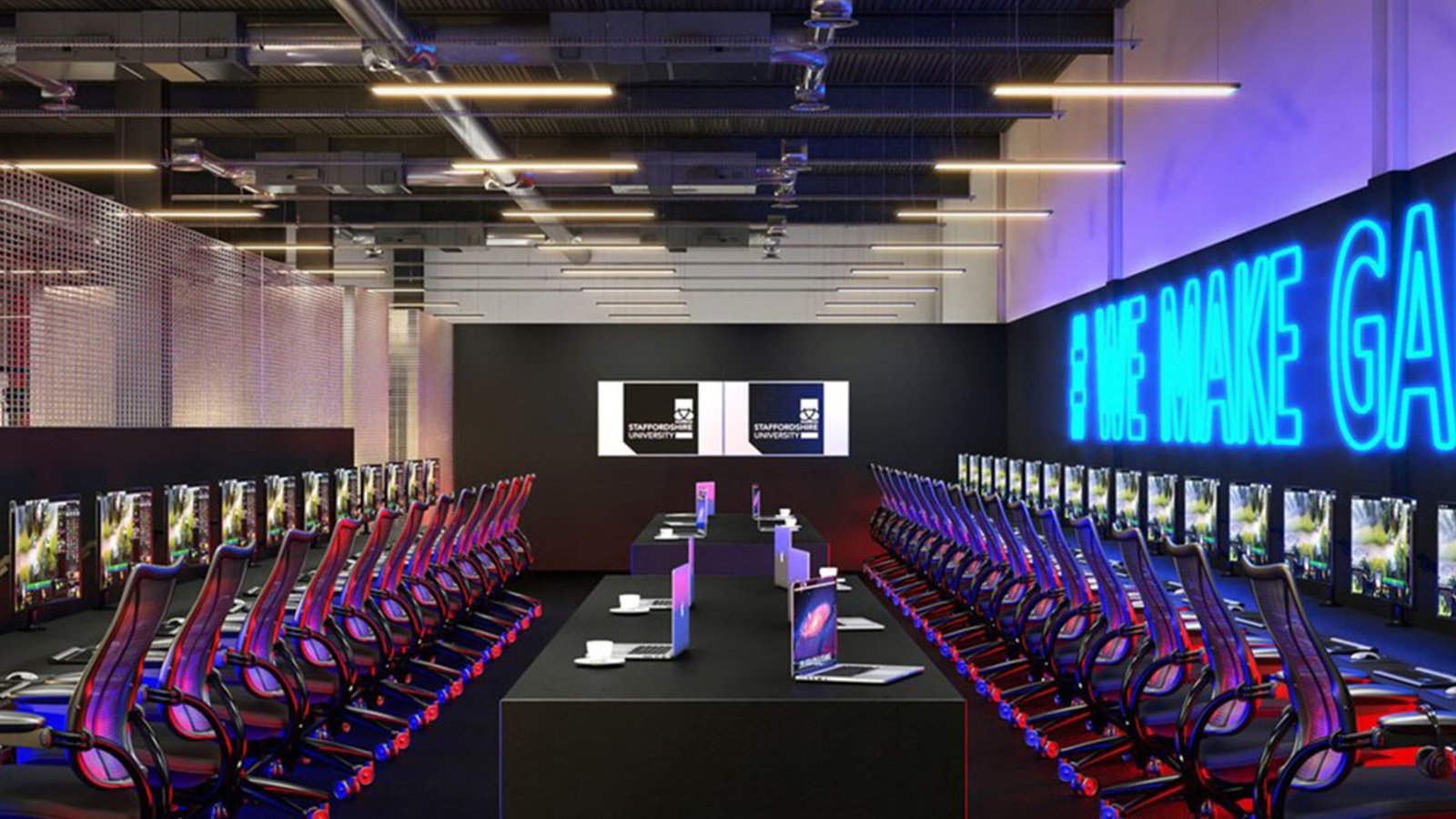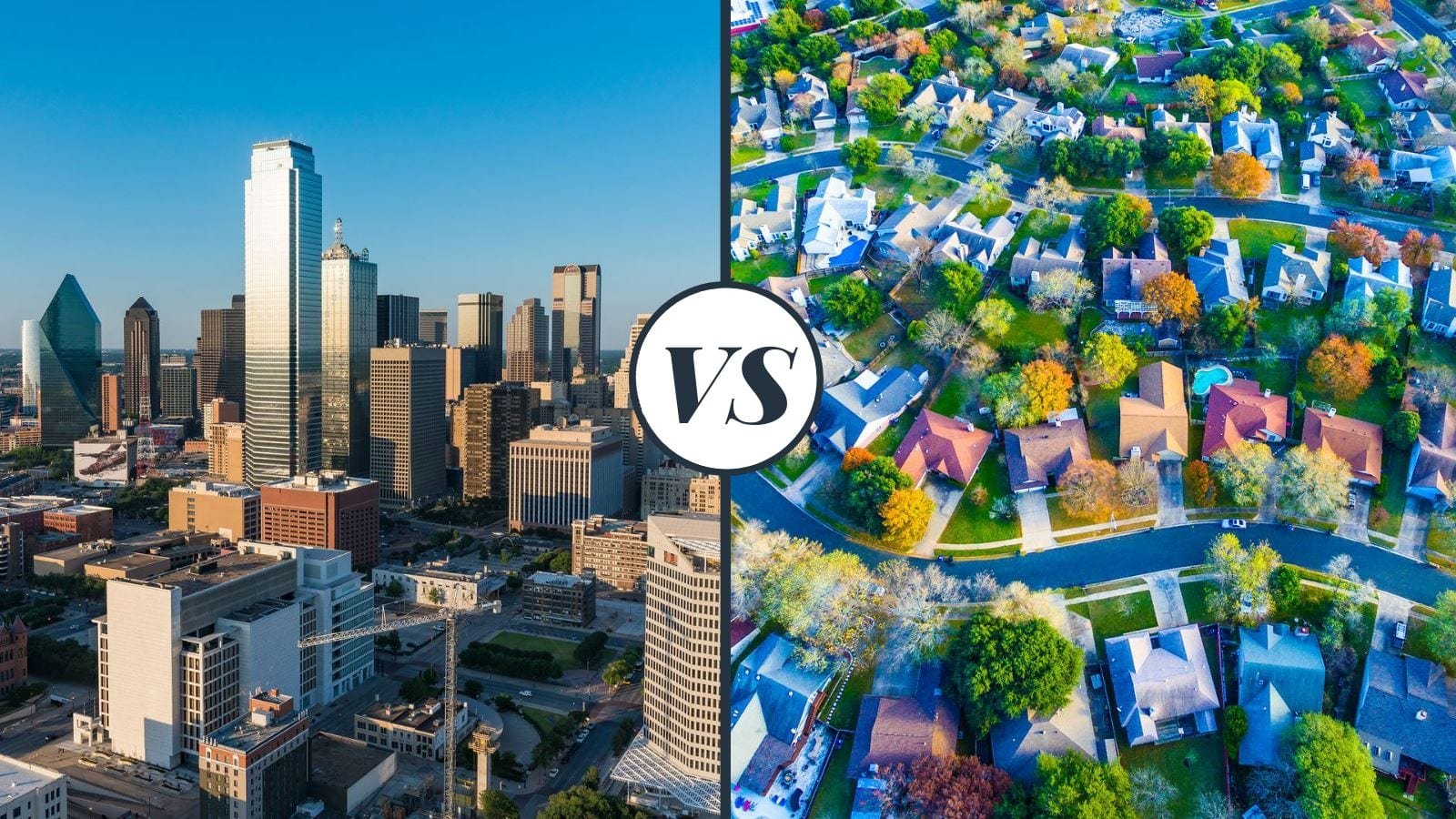Sports have a significant impact on real estate markets, influencing property values, urban development, and local economies. The presence of sports facilities and events can drive growth and shape communities. In this article, we will explore how sports affect real estate and the various ways in which they contribute to economic and urban development.

Key Influences of Sports on Real Estate
Property Values
Sports facilities and events can affect property values in several ways:
- Proximity to Sports Venues: Properties located near sports stadiums or arenas often see an increase in value due to their desirable location. Homebuyers and investors value the convenience and entertainment options that come with living close to a sports venue.
- Increased Demand: The presence of a major sports team can boost demand for nearby properties. Fans and visitors may seek accommodations in the area, leading to higher property prices and rental rates.
- Economic Activity: Sports events attract large crowds, leading to increased economic activity in the surrounding area. This heightened activity can enhance the attractiveness of nearby properties, further driving up values.
Urban Development
Sports facilities often play a crucial role in urban development:
- Revitalization Projects: Building new sports venues or renovating existing ones can spur urban revitalization. For example, redeveloping an old stadium site into a mixed-use development can transform an area and attract further investment.
- Infrastructure Improvements: The construction of sports facilities often involves significant infrastructure upgrades, including improved transportation networks and public amenities. These improvements benefit the surrounding community and can stimulate further real estate development.
- Public-Private Partnerships: Many sports facility projects involve partnerships between public entities and private developers. These collaborations can lead to the development of additional residential, commercial, and recreational spaces in the area.
Local Economies
Sports events and facilities contribute to local economies in various ways:
- Job Creation: The construction and operation of sports facilities create jobs in areas such as construction, management, and hospitality. This job creation supports local employment and stimulates economic growth.
- Increased Spending: Sports events attract visitors who spend money on accommodations, dining, and entertainment. This influx of spending boosts local businesses and generates additional tax revenue for the community.
- Tourism: Major sports events, such as championships and tournaments, draw tourists to the area. This increased tourism can enhance the economic impact of sports on the real estate market and local economy.
Examples of Sports Impacting Real Estate
Stadium and Arena Developments
New stadiums and arenas often drive significant changes in local real estate markets:
- Atlanta’s Mercedes-Benz Stadium: The development of the Mercedes-Benz Stadium in Atlanta led to a surge in real estate investment in the surrounding areas. The stadium’s presence helped revitalize neighborhoods and spurred the development of new residential and commercial properties.
- Los Angeles’ SoFi Stadium: The construction of SoFi Stadium in Los Angeles has had a considerable impact on the surrounding real estate market. The stadium, along with associated developments, has driven up property values and attracted new investment to the area.
Sports Districts
Sports districts, which are areas centered around sports facilities, can transform local real estate:
- The Battery Atlanta: Adjacent to Truist Park, the Battery Atlanta is a mixed-use development that includes shops, restaurants, and residential units. The success of this development highlights how sports facilities can drive comprehensive real estate growth in surrounding areas.
- City of Glendale’s Sports and Entertainment District: Home to multiple sports venues and entertainment options, Glendale’s district has seen significant real estate and economic growth. The area has become a major destination for events and activities, boosting property values and local business.
Challenges and Considerations
Gentrification
The development of sports facilities can sometimes lead to gentrification:
- Displacement of Residents: As property values increase due to the presence of sports venues, lower-income residents may be displaced. It is important to address this issue by incorporating affordable housing and community support measures into development plans.
- Community Impact: Ensuring that the benefits of sports facility development are shared with the existing community helps mitigate negative effects and promotes inclusive growth.
Environmental Impact
Sports facility development can have environmental implications:
- Sustainable Design: Implementing sustainable design practices and incorporating green building standards helps minimize the environmental impact of new sports facilities.
- Environmental Assessments: Conducting thorough environmental assessments before construction helps identify and address potential environmental concerns.
Financial Risks
Investing in sports-related real estate projects involves financial risks:
- Economic Fluctuations: The success of sports facilities and related developments can be influenced by economic fluctuations and changes in market conditions. Careful financial planning and risk management are essential to ensure long-term success.
- Revenue Dependence: Real estate investments tied to sports facilities may rely heavily on the success and popularity of the sports teams and events. Diversifying investments and considering other revenue sources can help mitigate this risk.
Future Trends
Mixed-Use Developments
Future real estate projects around sports facilities are likely to focus on mixed-use developments:
- Integrated Communities: Developers will increasingly create integrated communities that combine residential, commercial, and recreational spaces around sports venues. These developments aim to provide a complete living experience and enhance property values.
- Enhanced Fan Experiences: Innovations in technology and design will continue to enhance fan experiences at sports venues, potentially increasing the appeal of nearby real estate.
Sustainable Development
Sustainability will play a growing role in sports facility and real estate development:
- Green Building Practices: Incorporating green building practices and sustainable design into sports facilities and surrounding developments will become more common, addressing environmental concerns and improving community benefits.
- Energy Efficiency: Future developments will focus on energy-efficient technologies and practices, contributing to environmental sustainability and reducing operational costs.
Conclusion
In summary, sports have a significant impact on real estate by influencing property values, driving urban development, and contributing to local economies. Sports facilities and events can stimulate growth and transform communities, but they also present challenges such as gentrification and environmental impact.
Addressing these challenges and embracing future trends in mixed-use and sustainable development will help maximize the positive effects of sports on real estate. By understanding these dynamics, investors, developers, and policymakers can harness the potential of sports to drive successful and inclusive real estate growth.




